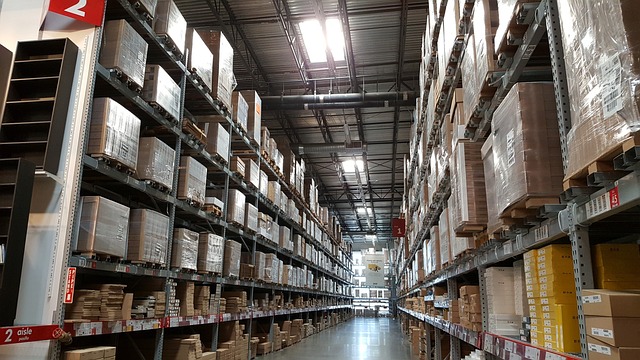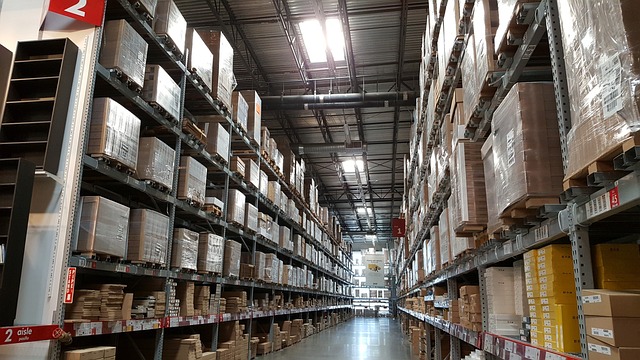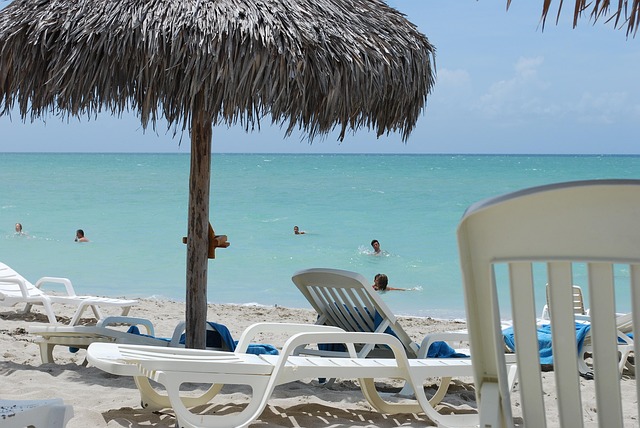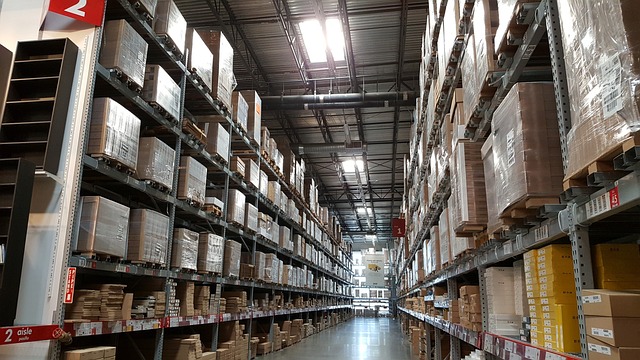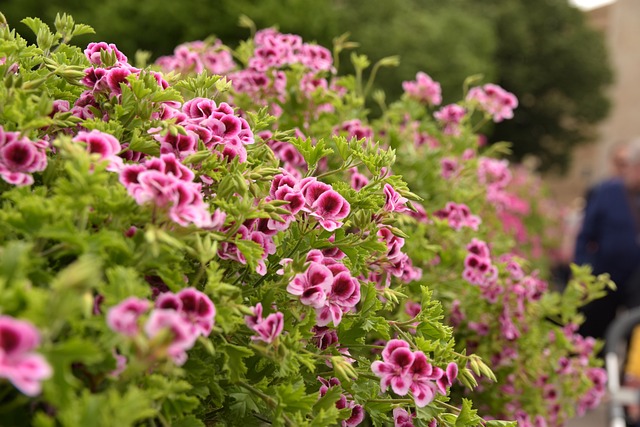Cities are revitalizing underutilized real estate spaces like warehouses and abandoned lots into thriving cultural hubs, attracting artists, musicians, and locals alike. Strategic redevelopment initiatives transform these areas into diverse nightlife destinations, fostering local talent and enhancing urban livability through mixed-use development. Community engagement and collaborative events, coupled with thoughtful real estate investments, drive a city's cultural vibrancy and shape its unique identity, drawing both residents and visitors.
“Discover how real estate transforms cities into pulsating cultural destinations with a dynamic nightlife. This article explores the intricate relationship between urban property development and the creation of vibrant, engaging cultural hubs. From revitalized industrial areas to historic building conversions, real estate plays a pivotal role in nurturing artistic communities. We delve into strategies that unlock the potential of nightlife as a catalyst for urban regeneration, while emphasizing community engagement as the key to fostering a lasting cultural scene.”
The Role of Real Estate in Shaping Cultural Hubs

The vibrant cultural scene and nightlife of a city are often closely tied to its real estate landscape. The availability and utilization of space play a pivotal role in fostering artistic expression and social interaction. In many metropolises, abandoned or underutilized buildings, warehouses, and industrial areas have been transformed into creative hubs, art galleries, and lively nightspots, driving the cultural dynamism of the city. Real Estate developers and urban planners have recognized the potential of these spaces to attract artists, musicians, and trendsetters, thereby revitalizing entire neighborhoods.
By thoughtfully redeveloping and repurposing existing structures, real estate initiatives can create diverse cultural hubs that cater to various artistic disciplines and social gatherings. These spaces not only provide venues for performances and exhibitions but also serve as community centers, cultivating local talent and promoting cultural exchange. The impact of such real estate ventures extends beyond economic revitalization; they help build a city’s reputation as a dynamic cultural destination, drawing both locals and visitors alike to explore the unique offerings of its ever-evolving nightlife.
Unlocking the Potential: Nightlife and Urban Development

The vibrant energy of a city’s nightlife can be a powerful driver for urban development and real estate growth. As cities evolve, their cultural scenes become key attractions, drawing both locals and tourists alike. The potential lies in transforming underutilized spaces into dynamic hubs that cater to diverse interests. Old warehouses could become trendy bars or art galleries, while abandoned lots might transform into outdoor concert venues, breathing new life into urban landscapes.
Investments in real estate often follow these cultural developments, with developers recognizing the value of creating mixed-use spaces that blend residential, commercial, and entertainment offerings. This integrated approach enhances urban livability, encourages foot traffic, and fosters a sense of community. Nightlife becomes not just an after-hours activity but a central component of a city’s identity, shaping its physical and social landscape.
Community Engagement: Fostering a Vibrant Cultural Scene

A dynamic cultural scene and nightlife are integral components of a thriving city, and community engagement plays a pivotal role in their development. Real estate is not just about physical spaces; it’s about creating environments that foster artistic expression and social interaction. Local artists, performers, and cultural organizations are the lifeblood of these scenes, transforming vacant buildings, underutilized spaces, and urban landscapes into vibrant hubs of creativity.
Real Estate developers can significantly contribute to this by partnering with community groups, investing in culturally significant projects, and designing spaces that cater to diverse artistic needs. Collaborative initiatives, such as pop-up galleries, street art festivals, and open-air performances, not only energize the cultural calendar but also engage residents and attract visitors. This collective effort ensures that the city’s cultural scene remains dynamic, inclusive, and accessible to all.
